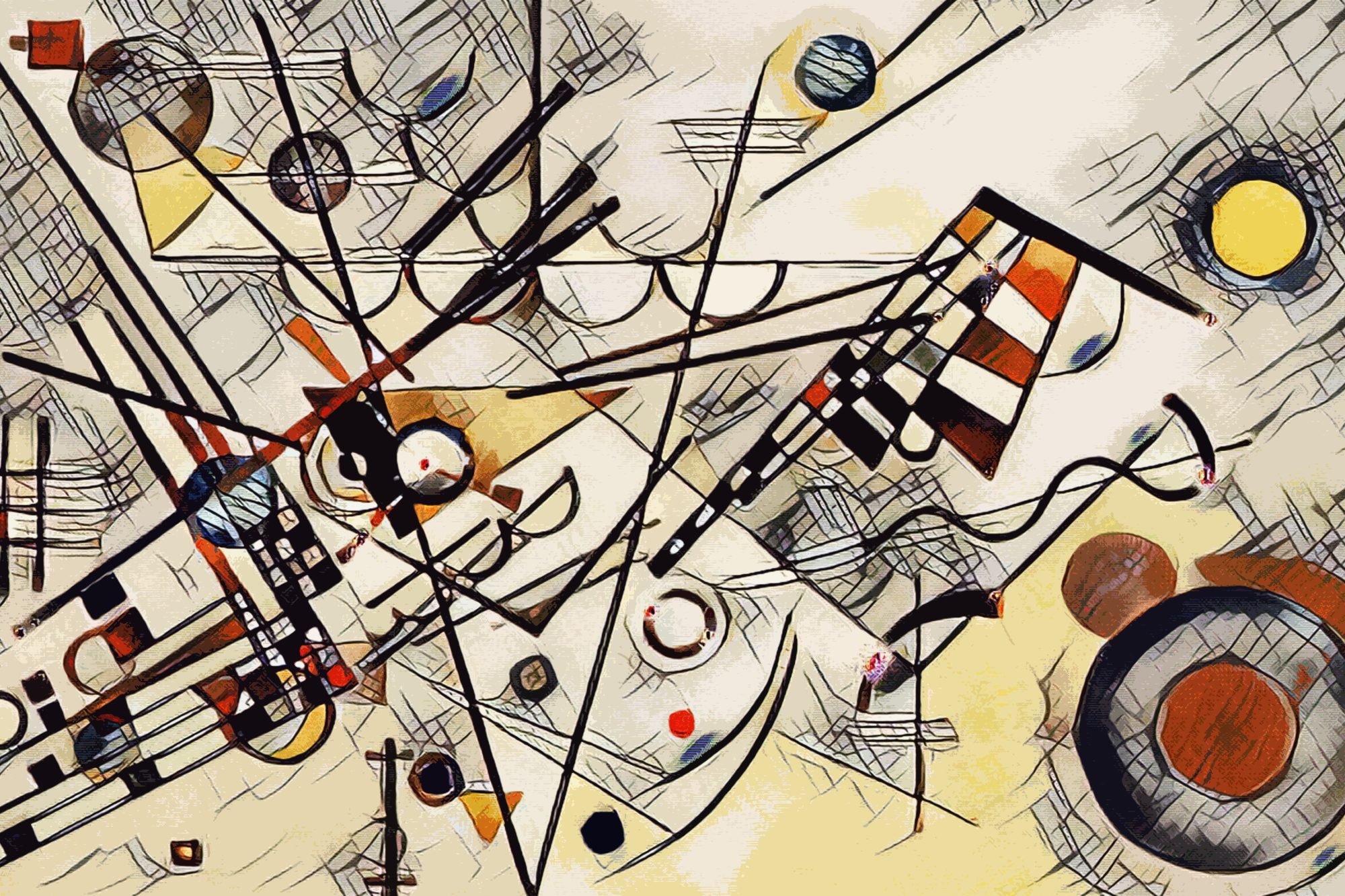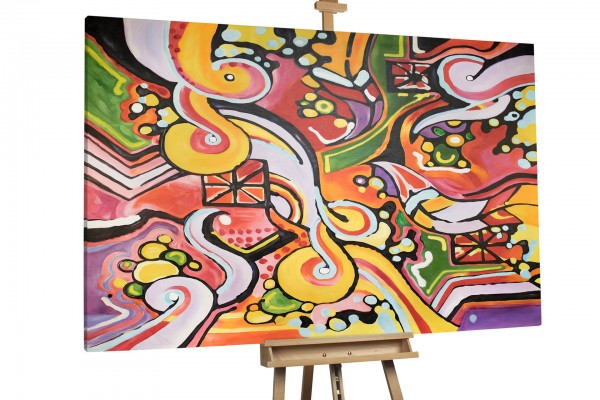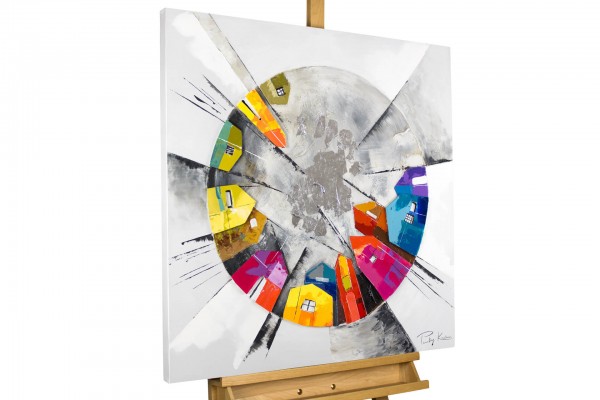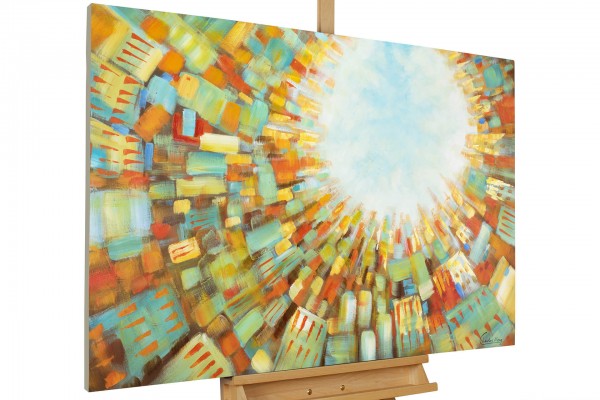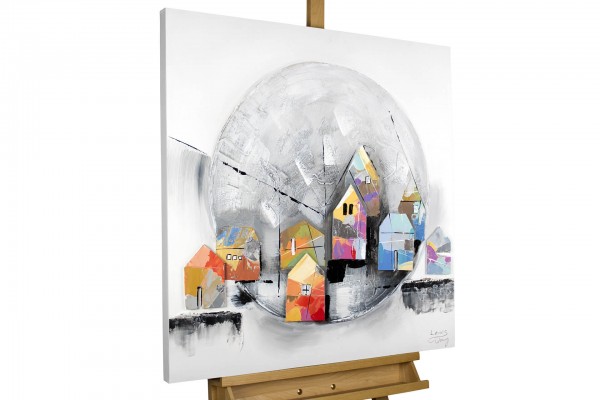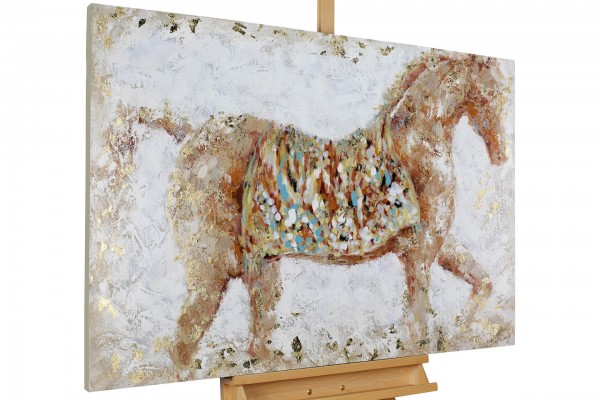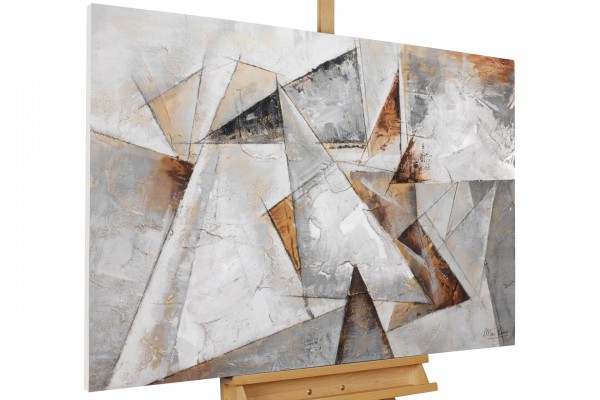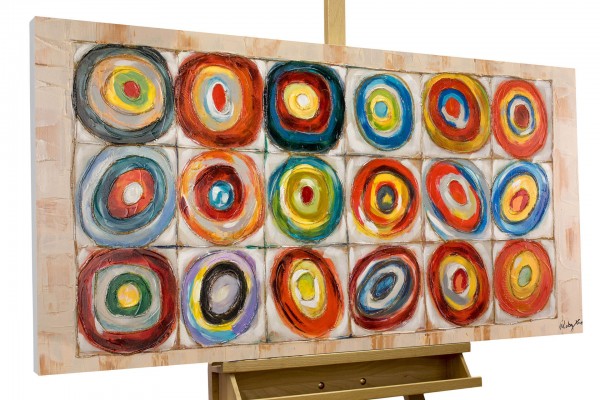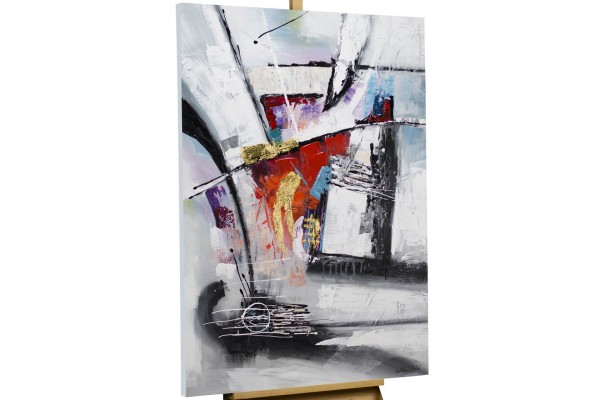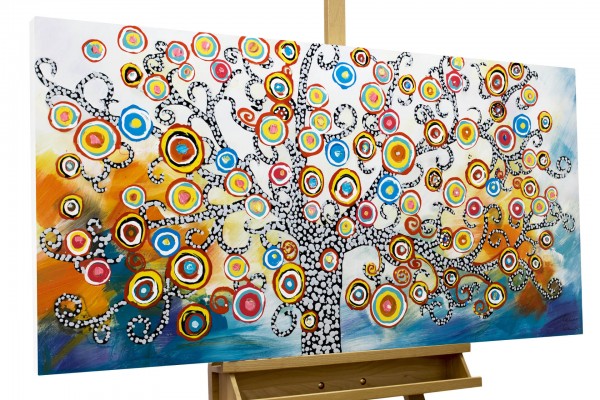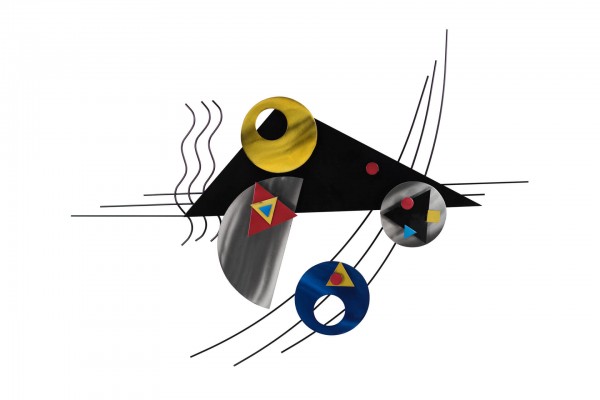Portrait of an Artist: Wassily Kandinsky
Wassily Kandinsky was an artist, art theorist and founder of abstractionism. He turned classical notions of painting on their head and wrote his name in golden letters in the history of art. His paintings hang in museums around the world and his creative legacy is worth millions of dollars.
Life
The artist was born on 16 December 1866 in Moscow. When Wassily was five, the family moved and settled in Odesa. Here the boy attended grammar school and studied music and painting privately. But his parents dreamed that their son would become a lawyer, and he decided not to disappoint them.
He graduated with honours in law from Moscow University. Kandinsky then worked at the law faculty and three years later was offered a professorship, which he declined. He finally decided to give up science and turn to painting.
On a trip in 1895, Kandinsky came across Claude Monet’s painting “Haystacks”, which turned his whole life upside down – a painting does not necessarily have to depict an object. He began his studies at the private painting school of Anton Azhbe.
Kandinsky was capable of synesthesia, a state in which the senses – sight, hearing, touch, smell and taste – merge in unusual ways. In Kandinsky’s case, hearing was linked to sight, sound and colour, which were closely linked in his imagination. This special ability led him to try to transfer sounds and music into painting, which led him down the path of abstraction. For example, he believed that blue corresponded to a circle, red to a square and yellow to a triangle. So he created his paintings like musical symphonies, seeking harmony in the combination of colours. See for yourself: https://artsandculture.google.com/experiment/sgF5ivv105ukhA
Four years later Wassily entered the Munich Academy of Art in the class of Franz von Stuck, one of the best German artists of the time. The bright, narrative and figurative paintings of this period are very different from his later work.
Work
Kandinsky’s lively activity attracted like-minded people who took up and imitated his ideas. Wassily founded the “Phalanx” society, in which he was active both as a teacher and as an organiser of exhibitions. It was at one of these evenings that the artist met Gabrielle Munter, who later became his wife. He travelled with her throughout Europe and the USA.
Eventually he was drawn to Bavaria and discovered the idyllic town of Murnau am Staffelsee, where he bought a house. There he continued his artistic experiments – painting expressionist landscapes of the surrounding area, dabbling in Fauvism and abstraction.
In 1911, Kandinsky and his friend Franz Marc founded the artists’ association “Blue Rider”. The members of “Blue Rider” were interested in medieval art and the Fauvist and Cubist movements popular in Europe. In the same year, Kandinsky had his first personal exhibition.
Wassily soon wrote a book, “On the Spiritual in Art”, which became a kind of theory of abstractionism. In it, the author reflects on the associations that each colour, line or geometric figure evokes in the viewer.
Challenges
The First World War began in 1914. Wassily Kandinsky returned home having lost many friends in the war. During this time he did almost no painting, producing less than ten pictures in two years.
But everything changed with a chance phone call from his student Nina Andrievska. That day, Kandinsky realised he had fallen in love with her and painted the famous watercolour ‘To an Unknown Voice’. He was 50 and she was 17. The couple married a year later, had a son and Kandinsky returned to work with renewed enthusiasm. This was not the end of the trials, for two years later the couple’s son died of gastroenteritis.
The couple left Russia for good in 1921. Kandinsky found like-minded people at the Bauhaus, a school of design and architecture. He began teaching and working on one of his major works – the book “Line and Point on the Plane”. By this time, Kandinsky was known throughout the world and was called the first abstractionist.
Last Years & Legacy
After obtaining German citizenship, Kandinsky decided to settle here permanently. Later, however, emigrants from the USSR were persecuted and Wassily was forced to move again. This time he chose France. The works from this period are called biomorphic abstractions. In them, surreal elements reminiscent of the simplest biological organisms appear alongside geometric forms.
In 1937, Kandinsky’s paintings were included in the infamous “Degenerate Art” exhibition, whose main aim was to discredit the masterpieces of the avant-garde. The artist’s paintings that remained in Germany were destroyed. Kandinsky decided to emigrate to the United States, but later returned to France, where he lived until the end of his life. On 13 December, the exceptional artist died of a heart attack in the Paris suburb of Neuilly-sur-Seine at the age of 78.
Today, Kandinsky’s ideas are used not only by artists, but also in design and architecture. And not without reason, for Wassily Kandinsky was ahead of his time like no other. Kandinsky’s paintings can be found in the major museums of Europe and in private collections around the world. His paintings are among the most expensive works by abstract artists.
Discover more works of art inspired by Wassily Kandinsky
Picture credits: © Wiola – Adobe Stock

